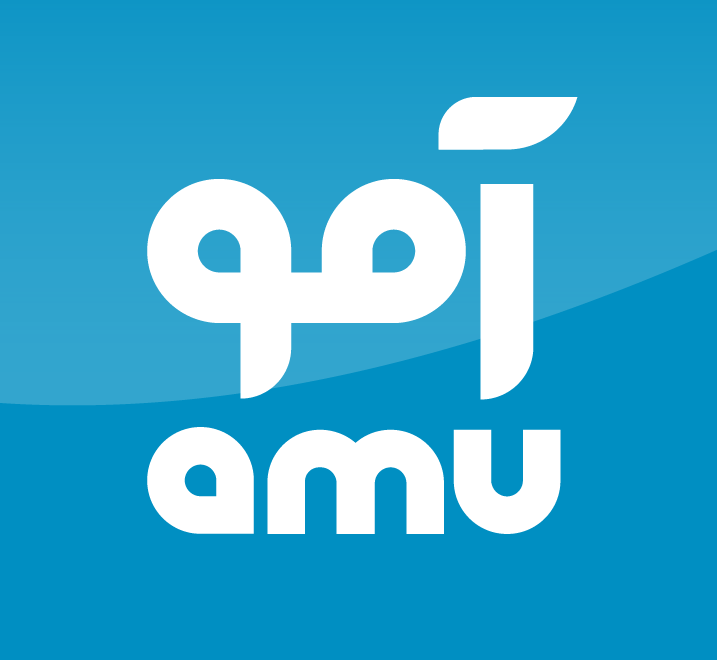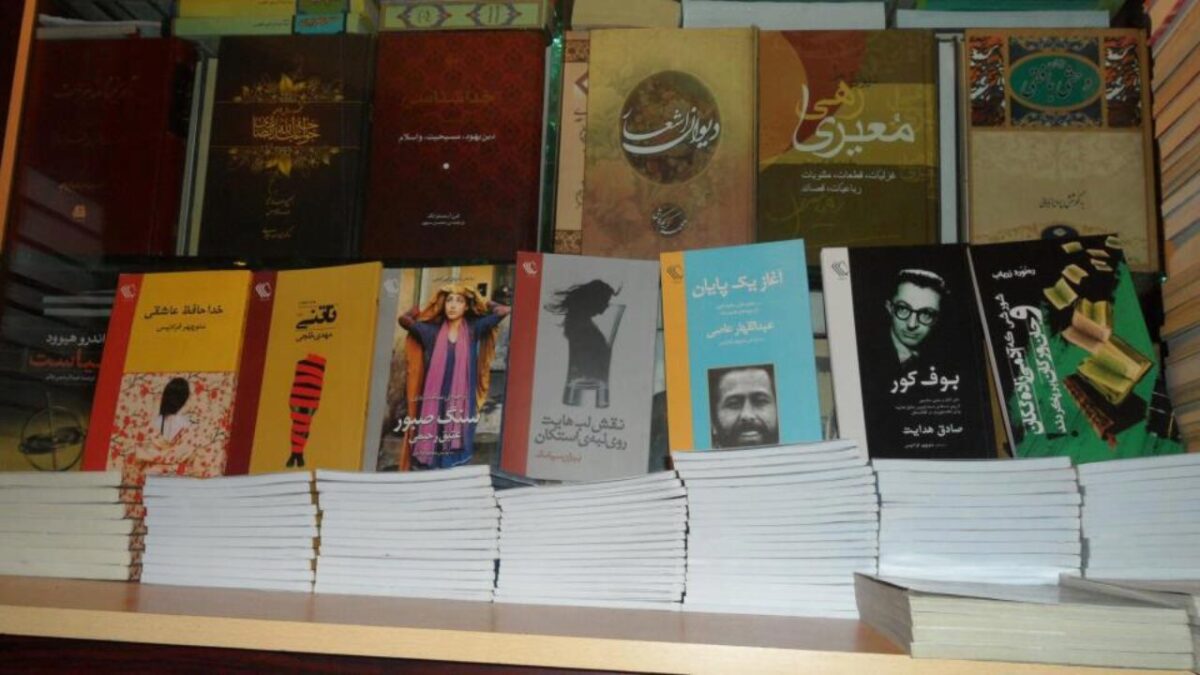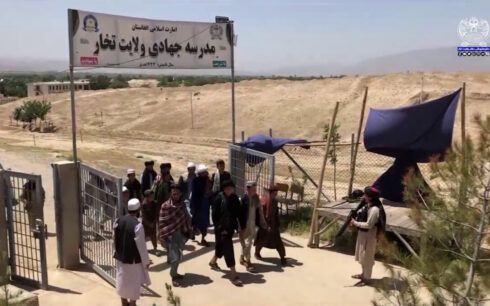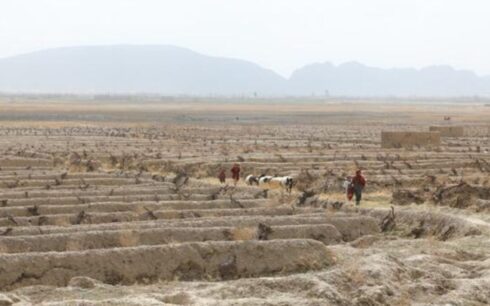HERAT, Afghanistan — The Taliban’s Ministry for the Promotion of Virtue and Prevention of Vice in Herat has banned images and graphics on book covers, according to local sources.
Booksellers say they have been forced to cover book covers with stickers to comply with the new directive. Some report that the ban has hurt book sales, as visual design plays a significant role in attracting readers.
The restriction is the latest in a series of Taliban-imposed bans targeting cultural and educational spaces. While the group has previously enforced bans on depictions of living beings in provinces under the influence of its supreme leader, Hibatullah Akhundzada, this is the first time booksellers have been directly affected.
Impact on booksellers and readers
At a recent book exhibition in Herat, many books on display had stickers covering their covers to hide images and graphics.
“Book cover images are crucial for sales—about 80 percent of sales depend on them,” said Mohammad Shafiq Farooqi, a bookseller in Herat. “Now, we either have to cross out the images or cover them with stickers.”
Hamed Rasooli, an event organizer, echoed the concern, saying visual design helps attract readers.
“Graphics and images are an essential part of books. They grab attention and encourage people to read,” Rasooli said.
Some residents of Herat criticized the Taliban’s decision, arguing that book cover designs are a key factor in promoting literacy.
“For selling books, two things are crucial: the title and the cover image,” said Farooq Mahmoodi, a resident of Herat.
Another Herat resident, Basir Ahmad Bahadori, added, “A book’s appeal comes from two elements: its title and its images.”
Censorship beyond book covers
Booksellers also say the Taliban have banned the sale of certain psychology and political books.
The prohibition on images follows previous Taliban restrictions on broadcasting depictions of living beings, outlined in Article 17 of the group’s laws on virtue and vice. These policies have been strictly enforced in Kandahar, Maidan Wardak, Takhar, Helmand, Badghis, and Nangarhar, provinces seen as strongholds of Akhundzada’s rule.
However, critics have pointed out the double standard in the Taliban’s enforcement. While banning images in public, many Taliban officials and provincial leaders continue to post photos and videos of themselves on social media.





